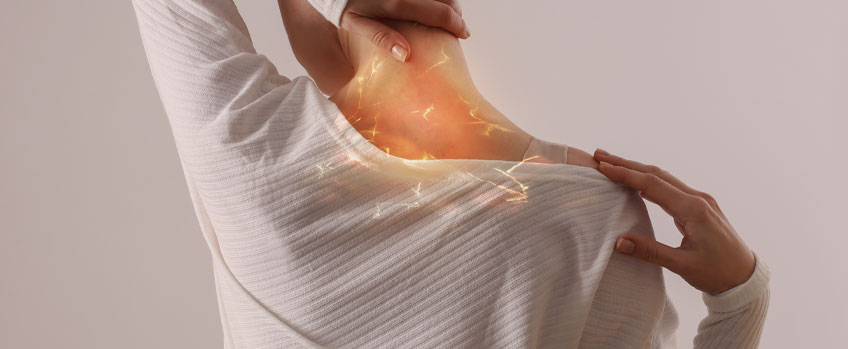Spinal Deformities

A spinal deformity occurs when the spine varies by more than 10% from its normal curvature. The spine is structurally balanced to provide optimal flexibility and support for the body’s weight. In a side view, the spine has three gentle curves. The lumbar spine has an inward curvature called the lordosis. The thoracic spine has an outward curvature called kyphosis. The cervical spine also has a lordosis. In the back view, the spine appears to be straight. The curves in the spinal column keep the body’s center of gravity aligned over the hips and the pelvis.
Treatment Options
Restoration of normal global and regional spinal balance is laid emphasis on. To provide the highest levels of patient safety, neurophysiologists use spinal cord monitoring techniques. Navigation is used in complex deformities. Complex curves are treated using 360 degree fusion with maximum safety. Neuromonitoring is used in all the deformity surgeries.
What are the symptoms of Spinal Deformities?
The cause of spinal cord tumors is unknown.
- Scoliosis
- Dextroscoliosis
- Levoscoliosis
- Kyphosis
- Lordosis
- Flatback Syndrome
- Spondylolisthesis
- Age (Young or old)
- Inadequate calcium or vitamin D levels
- Personal history of neuromuscular or inflammatory disease processes
- Poor body mechanics
- Sedentary lifestyle
- High risk lifestyle that might lead to spinal injuries
In some cases, a spinal deformity can be idiopathic (no cause can be linked to the deformity).
Major causes
- Accidents resulting in spinal fractures
- Genetic defects
- Infectious diseases that harm the bones
- Inflammatory diseases
- Neuromuscular diseases
- Osteoporosis
- Poor posture
- Poor body mechanics
- Adult degenerative scoliosis
- Adult idiopathic scoliosis
- Congenital deformities
- Failed back syndrome
- Kyphotic deformity
- High grade spondylolisthesis
- Ankylosing spondylitis
- Rheumatoid arthritis











